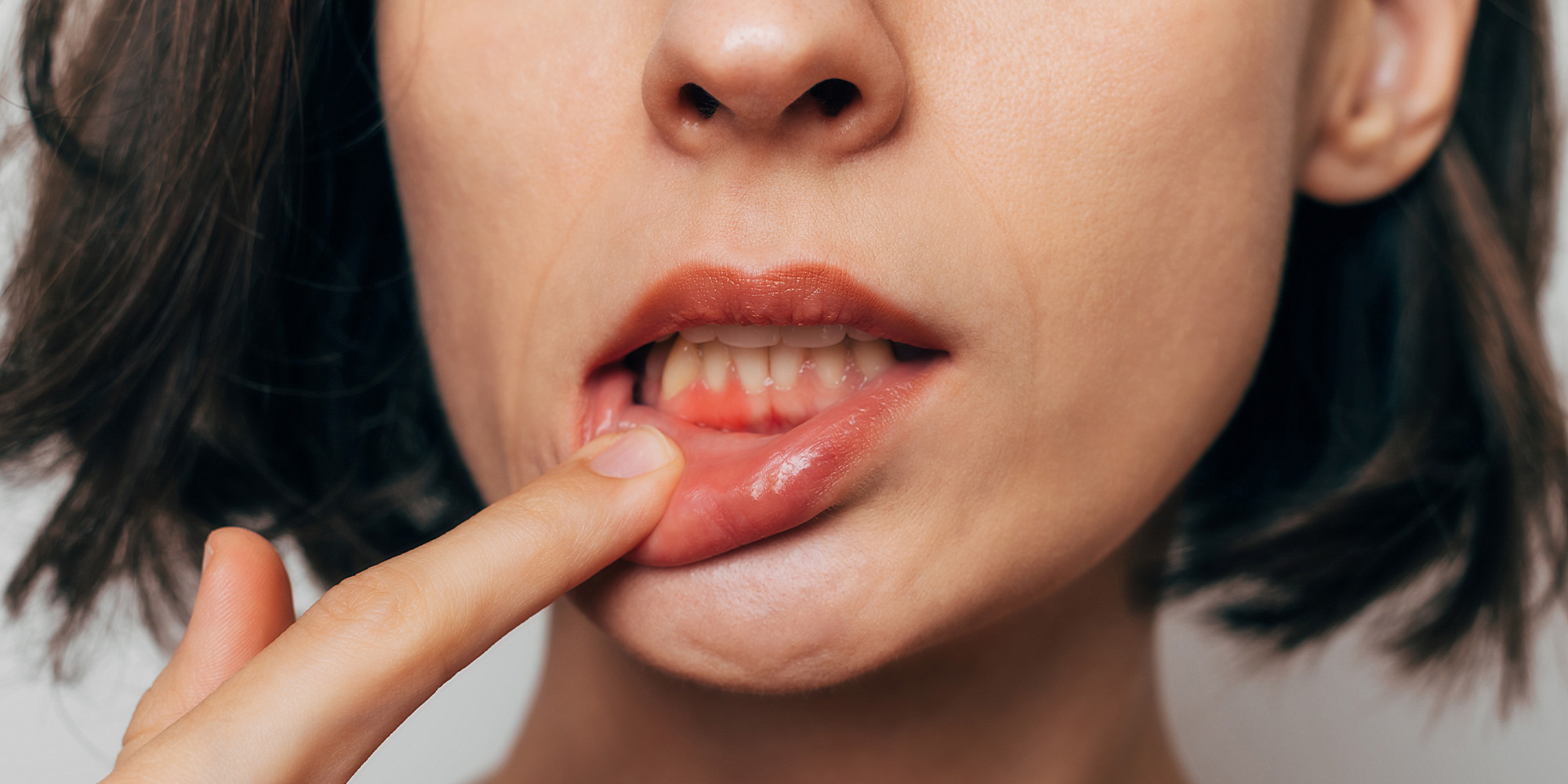
Gum disease, medically termed periodontal disease, represents one of the most widespread chronic infections globally, yet it remains shrouded in misunderstandings and outright falsehoods. Many individuals dismiss the earliest warning signs, often treating symptoms like bleeding gums as minor inconveniences or simply the result of aggressive brushing, rather than the critical indicators of underlying tissue inflammation they truly are. This pervasive level of public ignorance allows the condition to progress silently from its reversible stage, gingivitis, to the far more destructive periodontitis, which leads to irreversible bone loss and eventual tooth extraction. The following exploration is dedicated to meticulously dissecting and debunking these common, persistent dental fictions, revealing the complex realities of gum health and its profound connection to systemic well-being.
Bleeding Gums Are Normal and Nothing to Be Concerned About
This notion is perhaps the single most dangerous myth undermining public dental health awareness. The reality is stark: healthy gum tissue does not bleed when subjected to routine mechanical cleansing from brushing or flossing. When a patient observes blood in the sink, it is a definitive sign that the gums are inflamed, a direct consequence of an immune response to the accumulated bacterial plaque and tartar along the gumline. Ignoring this bleeding, attributing it to mere “sensitivity” or brushing “too hard,” essentially ignores the body’s primary distress signal. Consistent bleeding signifies chronic gingivitis, an early infection that, while reversible with proper care and professional cleaning, is actively eroding the foundational health of the surrounding tissues. Continuing to neglect this symptom ensures the bacteria will eventually breach the soft tissue barrier and begin the slow, silent destruction of the bone that anchors the teeth, transitioning the disease into its permanent, destructive form.
Only Poor Oral Hygiene Causes Periodontal Disease
While the accumulation of bacterial plaque due to insufficient brushing and flossing is undeniably the primary initiating factor, the notion that gum disease is only caused by poor hygiene is a gross oversimplification. This myth often unfairly blames the patient while overlooking crucial contributing elements. Genetics play a significant, often underappreciated, role; some individuals inherit an immune response that is hyper-reactive to plaque, leading to faster and more severe tissue destruction even with reasonable oral care. Furthermore, systemic conditions like uncontrolled diabetes, which impair the body’s ability to fight infection and repair tissue, dramatically accelerate the progression of periodontitis. Other factors include smoking, which severely restricts blood flow to the gums and hinders healing, and hormonal fluctuations during pregnancy or puberty. The disease should be understood as a multifactorial issue, meaning multiple elements must align for the severe stages to manifest, making blanket blame inaccurate and counterproductive to effective risk assessment.
“No Cavities Means No Gum Disease” is a Reliable Indicator
Many people mistakenly believe that receiving a clean bill of health regarding tooth decay, meaning no cavities, automatically implies a healthy periodontal status. This is patently untrue because the pathogens and processes involved in the two conditions are fundamentally distinct. Dental caries (cavities) are caused by acid-producing bacteria that dissolve the tooth’s hard mineral structure (enamel and dentin). Periodontal disease, by contrast, is an infection driven by a different, highly complex community of bacteria that targets the soft tissue (gingiva) and bone supporting the tooth. A person might have excellent resistance to cavity-causing acids but still have a highly susceptible immune system that aggressively overreacts to plaque, leading to rampant bone loss with very few or no cavities at all. Relying solely on the absence of tooth decay for a measure of oral health ignores the potential for painless, symptom-free bone loss, which is the silent hallmark of aggressive periodontitis.
Once the Gums Recede, They Will Eventually Grow Back
This widespread hope, unfortunately, falls into the realm of biological fiction. Gum recession, where the gum tissue pulls back from the tooth, exposing the root surface, is one of the most visible and alarming signs of damage caused by periodontal disease, aggressive brushing, or misaligned teeth. The exposed root is more sensitive and susceptible to decay. Crucially, gum tissue, unlike some other soft tissues in the body, does not regenerate or grow back naturally once it has pulled away from the tooth. While the progression of further recession can be stopped through effective periodontal treatment and improved hygiene, restoring the tissue to its original level requires surgical intervention, such as a gum grafting procedure. This procedure involves taking tissue from another part of the mouth (or using a donor material) to cover the exposed root. The passive waiting for natural regrowth is a dangerous delay that only allows the recession to potentially worsen, making restorative procedures more complex later on.
Gum Disease Is Only a Problem for Older Adults
While it is true that the cumulative effect of plaque exposure over many years makes periodontitis more prevalent in older adults, the disease can and does affect individuals of any age. Gingivitis, the initial stage, is remarkably common in teenagers and young adults, frequently triggered by hormonal shifts, poor diet, and inconsistent hygiene habits. A more aggressive and particularly destructive form, known as aggressive periodontitis, can strike otherwise healthy young people in their teens or twenties. This form often involves a genetic predisposition and leads to rapid destruction of the bone and ligaments supporting the teeth. Attributing the disease solely to aging provides a false sense of security to younger populations, who may neglect preventative care based on this misconception. Maintaining rigorous oral hygiene and attending regular check-ups is essential at every life stage to catch and reverse gingivitis before it progresses.
Losing Teeth Is the Inevitable and Only Outcome
The dramatic fear of losing teeth often overshadows the fact that gum disease is not a death sentence for a person’s dentition, and its effects extend far beyond the mouth. While it is the leading cause of tooth loss in adults, modern periodontal treatment is highly effective at controlling the infection and stabilizing the situation. Early diagnosis, combined with non-surgical deep cleanings (scaling and root planing) and a disciplined maintenance schedule, can successfully halt the disease’s progression, allowing individuals to retain their natural teeth for a lifetime. Moreover, the focus should expand beyond the mouth: chronic gum infection is now strongly linked to an increased risk of cardiovascular disease, poorly controlled diabetes, and certain respiratory conditions. Treating gum disease, therefore, is not merely about saving teeth; it is a critical component of managing and reducing the overall inflammatory burden on the entire body.
Brushing or Flossing Harder Will Eliminate the Plaque Faster
This belief often leads to severe and unintended damage. The mechanical act of removing plaque and tartar requires thoroughness and precision, not aggressive force. Brushing with excessive pressure or using stiff-bristled toothbrushes does not remove bacterial plaque more efficiently; instead, it causes direct physical trauma to the gum tissue. This trauma results in gum recession, where the delicate gum margin is literally scraped away, exposing the root surface. Hard brushing also contributes to the erosion of the tooth enamel near the gumline, known as abrasion. The correct technique, often the modified Bass method, emphasizes placing soft bristles at a 45-degree angle to the tooth and gumline and using gentle, short, circular, or vibratory strokes. The true key to effective plaque control is not muscle power, but the consistent, gentle, and deliberate application of both brushing and interdental cleaning (flossing or using brushes) to ensure complete coverage of all tooth surfaces.
Daily Flossing Is Not Truly Essential for Oral Health
The idea that meticulous brushing is sufficient to replace daily flossing or other interdental cleaning tools is a major flaw in many oral hygiene routines. Toothbrushes, no matter how advanced, are simply incapable of effectively reaching and cleaning the tight contact areas between teeth, which constitute a significant portion of the tooth’s surface area. This is precisely where bacterial plaque thrives, protected from the mechanical action of the bristles. If this interdental plaque is left undisturbed, it quickly hardens into calculus (tartar), which can only be removed professionally, and more importantly, it initiates the inflammatory process that leads to periodontitis. Flossing, or using interdental brushes, is the only way to physically disrupt this bacterial colony. Neglecting this step leaves a critical reservoir of infection, making the entire routine ineffective at preventing the disease’s most destructive forms. Flossing is a daily necessity, not an optional supplement.
Once Treated, Gum Disease is Completely Cured and Gone Forever
Unfortunately, this wishful thinking fails to account for the chronic and recurring nature of periodontitis. When the disease progresses to the point of bone loss, the condition fundamentally changes from a simple infection to a chronic inflammatory disease. Treatment, whether non-surgical scaling and root planing or surgical intervention, effectively removes the bacteria and halts the active destruction, but it does not remove the individual’s underlying genetic or systemic susceptibility to the disease. The periodontal pockets, although reduced, remain areas where bacteria can quickly recolonize. Therefore, managing periodontitis requires a commitment to long-term maintenance therapy, often involving specialized cleanings every three to four months, combined with impeccable, non-negotiable home care. Viewing the treatment as a one-time cure and then relaxing hygiene efforts guarantees the disease will relapse, often silently and aggressively, leading to further, irreversible damage.
You Only Need to See a Dental Professional When You Feel Pain
This procrastination-driven myth is responsible for catching countless cases of gum disease at advanced, often irreversible, stages. A defining and terrifying characteristic of periodontal disease is that it is typically painless in its early and moderate phases. Unlike a toothache from a cavity, the gradual, inflammatory destruction of the bone supporting the tooth often generates no significant discomfort until the tooth becomes severely mobile, or an acute abscess forms. By the time a patient experiences pain severe enough to motivate a dental visit, the disease is likely in an advanced stage, making conservative treatment challenging and often requiring complex, costly interventions. Regular dental check-ups and cleanings, usually twice yearly, are essential not just for cleaning, but for the professional to perform a detailed periodontal probing (measuring pocket depths) to detect bone loss and subtle signs of inflammation long before the patient feels any pain or notices obvious symptoms. Prevention and early detection are crucial because waiting for pain means waiting for catastrophe.
